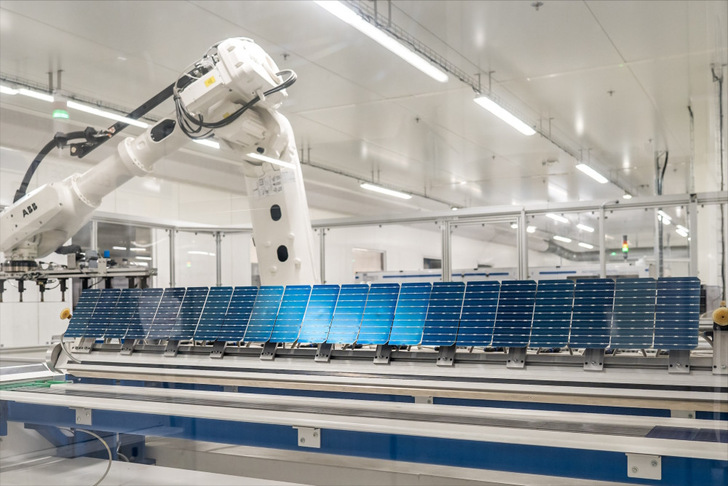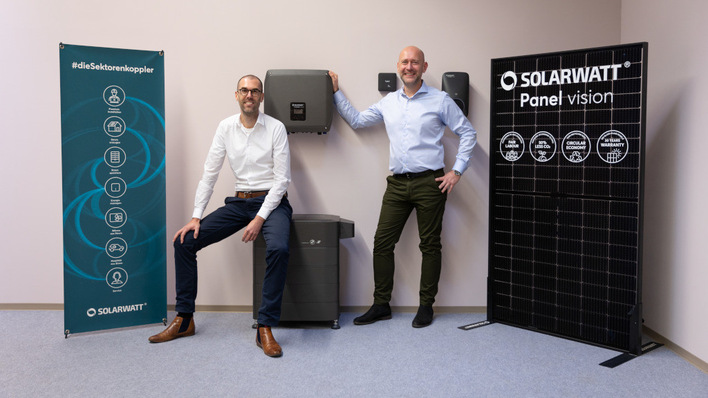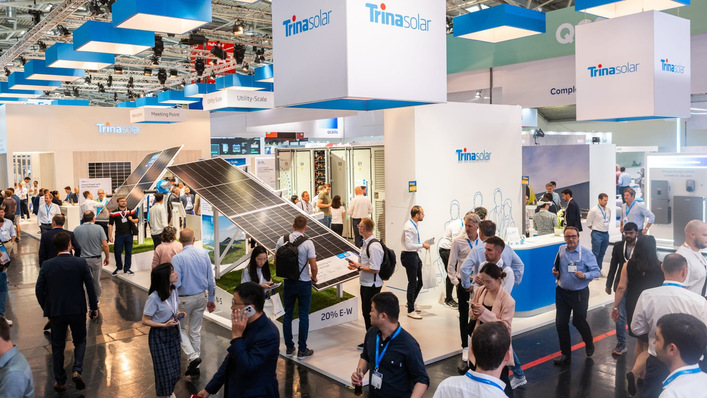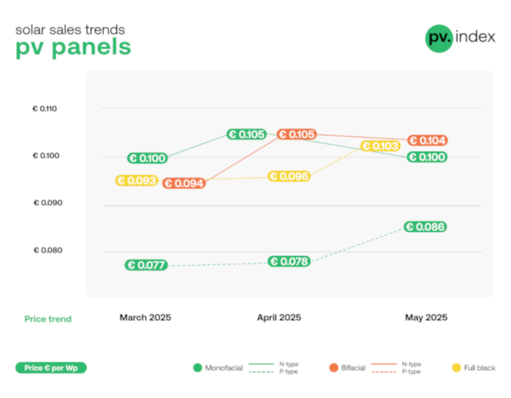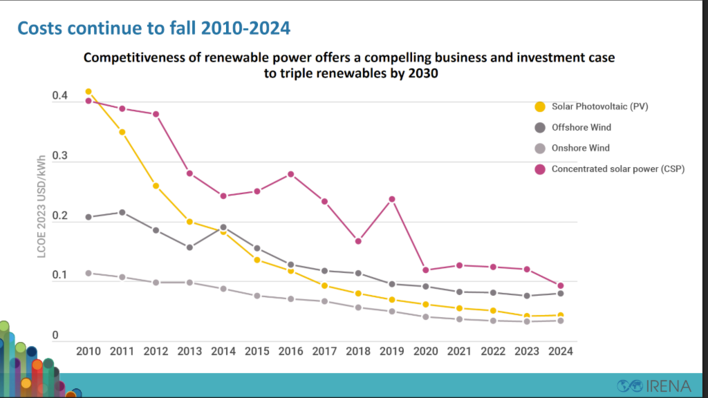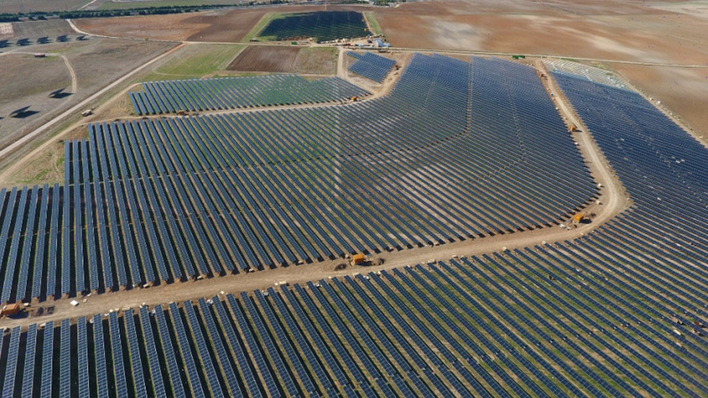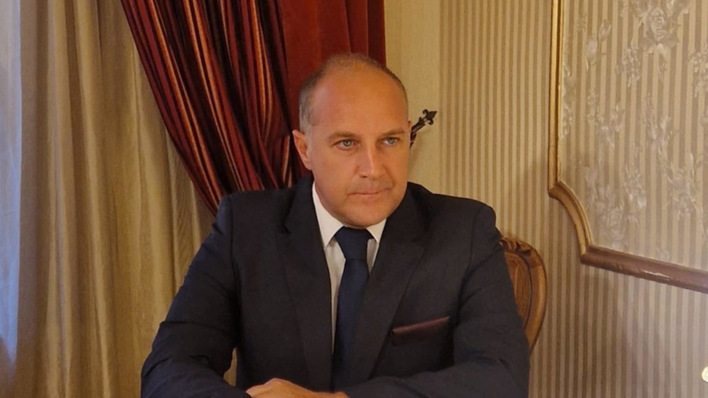ESMC welcomes the European Commission’s actions for quickly presenting these proposals in line with the European Council’s mandate, we want to draw the attention of European policymakers to the significant risk of underestimating the global PV manufacturing competition in the coming months and years. These proposals will frame the entire PV manufacturing ecosystem, hence it should be ambitious in levelling the playing field and investment conditions vis-à-vis its global counterparts.
Practical efficiency of the proposed State aid proecss essential
Together with the amendment to the General Block Exemption Regulation (GBER), the proposed Temporary Crisis and Transition Framework (TCTF) will help speed up investment and financing for clean tech production in Europe. TCTF introduces new measures, applicable until 31 December 2025, to further accelerate investments in key sectors for the transition towards a net-zero economy, enabling investment support for manufacturing of strategic equipment and production, including, but not limited to, PV manufacturing.
Also interesting: PV module prices towards 'old normal'
Since November 2022, ESMC has been initiating and supporting the State aid revision process for PV manufacturing and other strategic net-zero industries in Europe. Accordingly, ESMC highly welcomes the proposals of the European Commission, but still expresses doubts about the practical efficiency of the proposed State aid exemptions, due to the comparatively low aid intensity and rather complicated process to achieve higher support for individual companies. ESMC’s position is that the risk of provoking relocation within the single market should not be overestimated, hence the bigger issue is that the global PV manufacturing race in the forthcoming months and years is being severely underestimated.
Support of capital expenditures
In any case, ESMC highly appreciates the proposals presented by the European Commission in an extremely rapid manner and in line with the mandate given by the European Council on 9th February. The expectation is that the decisions of the European Council on 23rd March will be decisive and further improve the competitiveness for European PV manufacturing and other net-zero industries potentially to be developed within the European Economic Area.
According to the Communication proposed by the European Commission, EU Member States will be able to support PV manufacturing industry by 15-35% of capital expenditures in case of large enterprises (for medium enterprises by 25-45%, for small enterprises by 35-55%) depending on the economic development area. The support through tax advantages, loans or guarantees large enterprises would be feasible by 20-40% for large enterprises (for medium enterprises by 30-50%, for small enterprises by 40-60%) depending on the economic development area.
Matching aid and funding gap
As stated in the Communication of the European Commission, in exceptional cases, it will be possible to provide higher support to individual companies facing a real risk of investments being diverted away from Europe in case the beneficiary could demonstrably receive higher aid for an equivalent investment in a third country jurisdiction outside the European Economic Area. In such situations, Member States may provide either the amount of support the beneficiary could receive for an equivalent investment in that alternative location (the so-called ‘matching aid’), or the amount needed to incentivise the company to locate the investment in the European Economic Area (the so-called ‘funding gap’), whichever is the lowest.
This option is subject to a number of safeguards: firstly, the investment must take place in assisted areas, or be cross-border investments involving projects located in at least three Member States, with a significant part of the overall investment taking place in at least two assisted areas, one being an “a” area (outermost regions or regions whose GDP per capita is below or equal to 75% of the EU average); secondly, the beneficiary should use state-of-the-art production technology from an environmental emissions perspective; thirdly, the aid cannot trigger relocation of investments between Member States.
Member states decisions crucial
ESMC highlights that the practical financing through the proposed framework will depend on the Member States’ dedicated financing. For this reason, ESMC this week (7th March) in letters requested all the EU Member States to dedicate adequate support to the PV manufacturing industry from the REPowerEU grants, adopted by the REPowerEU Regulation on 27th February by including it in the revised national Recovery and Resilience Plans (RRPs) by the end of April, as requested by the European Commission. REPowerEU financing by the inclusion of PV manufacturing measures in national RRPs is the strategically and practically important effort to empower above mentioned proposals of the European Commission on adapted State aid frameworks. (hcn)
Also interesting: Call for ambitious EU Green Deal Industrial Plan


